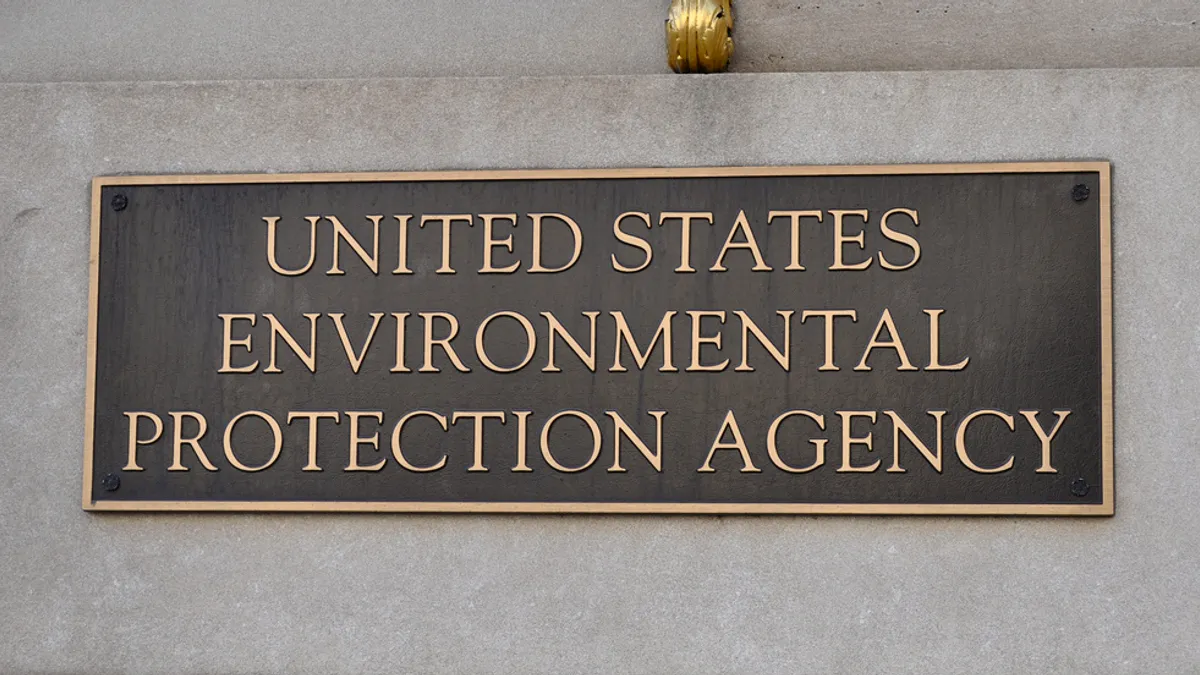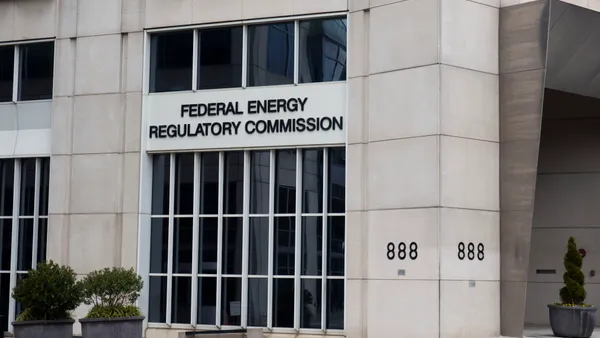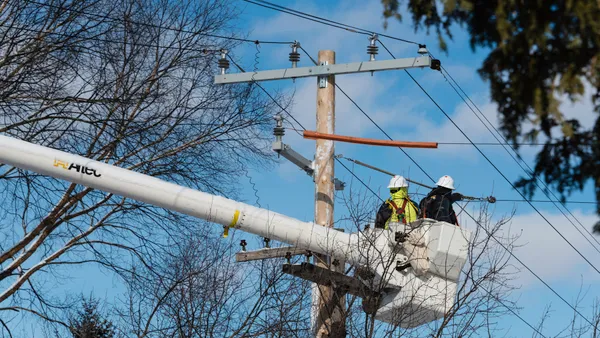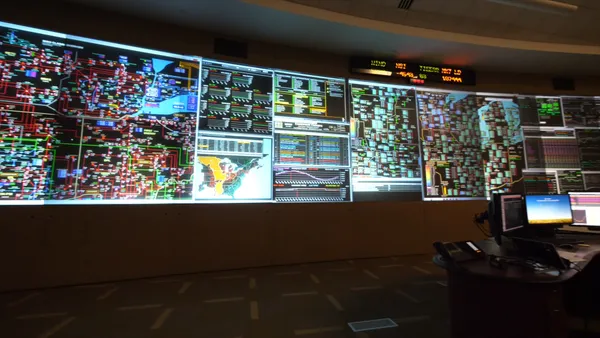Dive Brief:
- The Environmental Protection Agency has withdrawn a one-year hold on Obama-era standards for ground-level ozone, two days after 15 states and the District of Columbia filed suit against the delay.
- In June, the Trump administration announced it would delay implementation of stricter ozone standards, following an April decision from the D.C. Circuit Court of Appeals to stay previous litigation on the rule. Environmental groups also filed suit in June to stop the delay.
- The EPA now plans to publish initial designations for which regions comply with the new, 70-parts per billion (ppb) ozone standard on Oct. 1.
Dive Insight:
Finalized in 2015, the Obama-era ozone national ambient air quality standards tightened pollution limits from 75 ppb to 70 ppb over a one-hour exposure period.
Ozone, a main ingredient in smog, can cause respiratory problems, particularly in vulnerable populations. The American Lung Association estimates the new standard could prevent up to 660 premature deaths and 230,000 asthma attacks annually.
The standard represented the most lenient option offered by a panel of EPA science advisors following a review of ozone's health impacts. Environmental and public health groups pushed for a more stringent standard, between 60 ppb and 65 ppb, and the finalized rule followed an extensive lobbying campaign from the utility industry and its trade group, the Edison Electric Institute.
Even so, conservative states and industry groups challenged the plan in 2016, calling the standard "unachievable." The D.C. Circuit put that case on hold in April after the Trump administration said it would review Obama-era air regulations.
The White House subsequently announced it would delay the standards for a year, saying there was "insufficient information" to publish compliance designations.
On Tuesday, a group of 15 states and the District of Columbia challenged the delay, arguing EPA must publish the designations by a two-year deadline required in the Clean Air Act, the regulation's underlying statute.
Designations of so-called non-attainment areas, "play a key role under the Clean Air Act in addressing smog’s serious threat to public health," the attorneys general said in a statement. States with such areas must design implementation plans to file with the EPA outlining how they will reduce pollution.
Withdrawal of the delay means EPA will now publish initial compliance designations in October, along the original regulatory timeline.
The ozone rule is expected to have a greater impact on the manufacturing and automotive industries than utilities, as many of the nation's worst-polluting coal plants have retired or installed pollution scrubbers as a result of another EPA rule, 2014's Mercury and Air Toxics Standards (MATS).
What remains unclear is how the EPA's decision on ozone could affect other regulations it has put on hold for review, such as the methane rules for oil and gas drilling, MATS, and the Clean Power Plan, Obama's signature carbon regulation.
In April, 17 states challenged the EPA for its delay of the carbon rules, saying the Clean Air Act requires the pollutant to be controlled. Implementation of the plan has been on hold since Feb. 2016, when the Supreme Court issued a stay until litigation is complete. President Trump directed the EPA in March to revise or rescind the rule.
Environmental groups welcomed the withdrawal of the ozone delay and pressed EPA Administrator Pruitt to enforce other air pollution rules finalized by Obama.
"Health groups and environmental organizations, as well as states, will continue to watch as the EPA moves ahead with implementing the standard to ensure that the EPA uses the most accurate information about smog pollution and follows the Clean Air Act," said Seth Johnson, attorney for Earthjustice, which is representing health and environmental organizations in the case.














